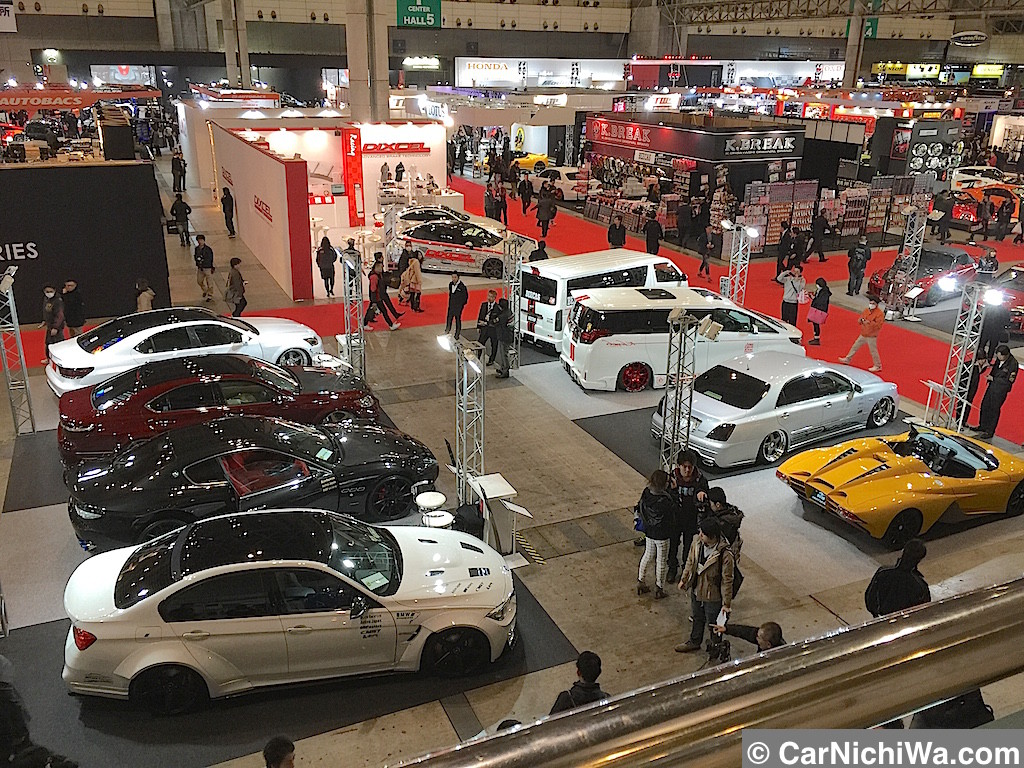
A car (or automobile) is really a wheeled auto used for transportation. Most definitions of car say they run totally on roads, seat someone to eight people, have four tires, and mainly transport people in lieu of goods. Cars entered global use through the 20th century, and developed economies rely on them. The year 1886 is considered the most birth year with the modern car when German inventor Karl Benz patented his Benz Patent-Motorwagen. Cars became available in the early twentieth century. One in the first cars which were accessible to the masses was the 1908 Model T, an American car manufactured because of the Ford Motor Company. Cars were rapidly adopted inside the US, where they replaced animal-drawn carriages and carts, but took for a longer time to be accepted in Western Europe and also other parts from the world.Cars have controls for driving, parking, passenger comfort and safety, and controlling many different lights. Over the decades, capabilities and controls have already been added to vehicles, causing them to be progressively more complex. Examples include rear reversing cameras, air con, tracking devices, and in-car entertainment. Most cars available in the 2010s are propelled by an interior combustion engine, fueled from the combustion of non-renewable fuels. This causes the actual environment and also leads to climate change and our planets atmosphere. Vehicles using alternative fuels for example ethanol flexible-fuel vehicles and gas vehicles will also be gaining popularity in a few countries. Electric cars, that had been invented early inside the history in the car, started become commercially ready in 2008.There are costs and benefits to car use. The costs include getting the vehicle, rates of interest (should the car is financed), repairs and maintenance, fuel, depreciation, driving time, parking fees, taxes, and insurance. The costs to society include maintaining roads, land use, road congestion, smog, public health, medical care, and disposing from the vehicle following its life. Road traffic accidents would be the largest root cause of injury-related deaths worldwide.The benefits include on-demand transportation, mobility, independence, and convenience. The societal benefits include economic benefits, for instance job and success stories from the automotive industry, transportation provision, societal well-being from leisure and travel opportunities, and revenue generation from your taxes. The ability for anyone to move flexibly on your travels has far-reaching implications for your nature of societies. It was estimated in 2014 which the number of cars was over 1.25 billion vehicles, up from your 500 million of 1986. The numbers are increasing rapidly, particularly in China, India along with newly industrialized countries.
Related Images with 2016 Tokyo Auto Salon Part 2 \u2013 Daihatsu, Mazda, Mitsubishi, Subaru and Suzuki \u2013 CarNichiWa\u00ae
GALLERIES: The Petersen Automotive Museum opens an unprecedented exhibit honoring Japanese cars
National Museum of Nature and Science :: Museum Finder, Guid
File:Mitsubishi G4M2 Betty 12107 at Kawaguchiko Motor Museum, Yamanashi prefecture, Japan.jpg

Add Comments